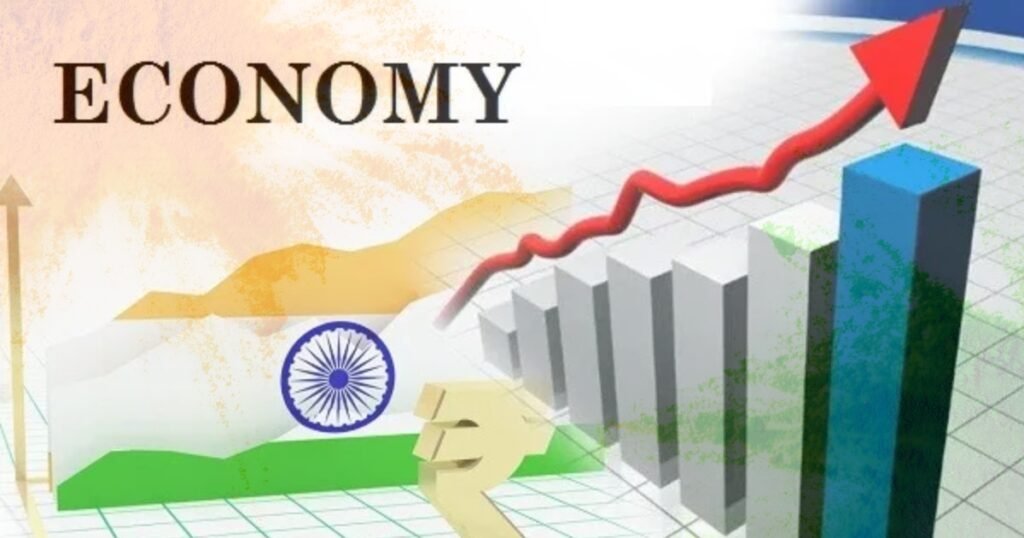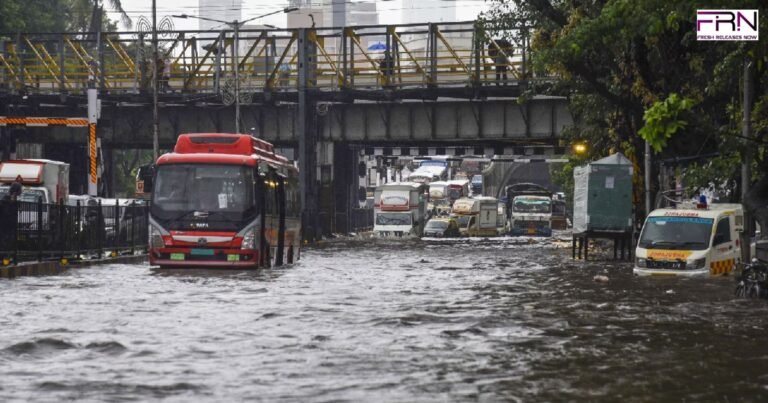
India has been in the news recently for surpassing Japan to rank fourth in nominal GDP among all the countries. Support for this significant accomplishment comes from NITI Aayog CEO B.V.R. Subrahmanyam and data from the International Monetary Fund (IMF.). But we must go further if we are to really grasp India’s economic situation. Measuring by Purchasing Power Parity (PPP), India has really maintained third place among nations since 2009. To fully appreciate India’s development, then, one must understand the difference between nominal GDP and PPP.
This article from the ExplainSpeaking series breaks down this question using economic logic, data comparisons, and global context.
Understanding the Basics: Nominal GDP vs PPP GDP
Before looking at the rankings, it’s important to understand how we compare economies:
1. Nominal GDP
This shows the total value of all goods and services a country produces, based on current market exchange rates. It provides a real-time picture of the US dollar value of an economy. India’s nominal GDP in 2024 is likely to be $3.7 trillion. It then comes in fifth, right behind the US, China, Japan, and Germany.
2. Purchasing Power Parity (PPP) GDP
PPP provides a clearer picture of what people can really afford by accounting for cost of living and inflation variances. Third after China and the US in PPP terms, India’s GDP is more than $13 trillion. India ranks third by PPP even if its nominal GDP is sixth. Because PPP is often more relevant in development discussions, many experts call India the world’s third-largest economy.
Why PPP Matters More for Development Discussions
1. Reflects Domestic Economic Strength
PPP matters a lot for countries like India because wages, prices, and living costs are lower than in Western countries. For example:
- A software engineer in India earns much less than one in the US. However, they can still afford housing, education, and other basic needs.
- As a result, people in India can live well even with lower incomes. Moreover, the Indian economy grows not just through exports, but also because of strong local spending.
2. A Fairer Way to Compare Living Standards
PPP helps compare living standards more fairly between countries. A dollar buys more in India than in Germany or Japan. So, economists and policymakers use PPP to better understand real wealth and poverty.
3. Trusted by Global Organizations
Major organizations like the World Bank, IMF, and United Nations often use PPP to compare countries. For example, when they rank India as the world’s third-largest economy, they base it on PPP.
India’s Economic Position in 2025
- Nominal GDP Rankings:
The IMF’s April 2025 report estimates that India’s nominal GDP will reach about $4.19 trillion. This puts India slightly ahead of Japan’s $4.18 trillion. As a result, India becomes the fourth-largest economy in the world, after the United States, China, and Germany. - PPP Rankings:
In contrast, when we measure by PPP, India has been the third-largest economy since 2009, after Japan. This happens because India has a large domestic market and lower costs, which nominal GDP numbers don’t show.
BVR Subrahmanyam told the media at the 10th NITI Aayog Governing Council Meeting that India is currently the fourth-largest economy with a $4 trillion GDP. He added that this data comes from the IMF and that India is now bigger than Japan.
Furthermore, Subrahmanyam predicted that India could soon pass Germany and become the third-largest economy in the world. He explained that if India follows its current plans, it could reach this position within 2 to 3 years.
Factors Driving India’s Economic Growth
Several important factors help India rise in the global economy:
1. Strong Economic Growth: India’s economy keeps growing steadily. The IMF expects it to grow by 6.2% in 2025, putting it among the world’s fastest-growing major economies.
2. Young and Growing Population: With over 1.4 billion people, India has a large, young workforce. This drives both consumer demand and productivity.
3. Major Economic Reforms: India has introduced key reforms like the Goods and Services Tax (GST), digital services, and easier business rules. These changes have improved efficiency and brought in more foreign investment.
4. Balanced and Diverse Economy: India’s economy includes many sectors—like technology, manufacturing, farming, and services. This mix helps protect the country from problems in any one area.
Common Myths About India’s Economic Ranking
1. “India is still poor, so how can it be the third-largest economy?”
It’s true that income per person in India is lower than in Western countries. However, total GDP measures the entire country’s output, not how much each person earns.
2. “PPP isn’t real money.”
You’re right that Purchasing Power Parity (PPP) doesn’t reflect how much India can spend abroad. But it does show how strong the economy is inside the country and helps measure domestic growth.
3. “India is large, but not efficient.”
Yes, India faces challenges with efficiency. Still, its massive size, strong services exports, and ongoing reforms keep pushing the economy forward faster than most others.
What India’s Economic Rise Means for the World
India’s position as the third-largest economy affects the world in many ways:
- More Global Influence
India now plays a bigger role in global groups like the G20, BRICS, and WTO. It also brings stronger bargaining power in trade and climate talks. - A Top Choice for Investment
Manufacturing for several multinational corporations is being transferred from China to India. Programs like “Make in India” and PLI (Production-Linked Incentives) are pulling in huge investments. - A Growing Tech and Innovation Leader
Startups and unicorns are flying out of India. Additionally, it drives the creation of digital platforms like UPI and Aadhaar, therefore enhancing public services and financial access.
Challenges India Still Faces
Even with strong progress, India must tackle some key challenges to keep growing:
1. Income Inequality
Gaps in income and wealth are still wide. India needs to focus on growth that includes everyone.
2. Building Better Infrastructure
India must keep investing in roads, transport, and cities to support its growing population and industries.
3. Improving Education and Skills
To prepare its workforce, India needs to raise the quality of education and offer better job training.
4. Protecting the Environment
India must grow its economy while also taking care of the environment to stay sustainable in the long run.
India’s Path to Becoming the Third-Largest Economy
India is aiming to top Germany and rank third among all economies by nominal GDP during the next few years. To reach this goal the country must keep growing steadily, advance with significant changes, and make wise investments in key sectors.
The prime minister Narendra Modi has underlined the significance of this objective. Indicating the government’s great emphasis on increasing economic development, he said India “can’t wait” to reach this mark.
Final Thoughts
India ranks fourth by nominal GDP but has been third by PPP since 2009. Understanding both measures gives a fuller picture. To reach third in nominal terms, India must overcome challenges and use its strengths to ensure continued growth and prosperity.


